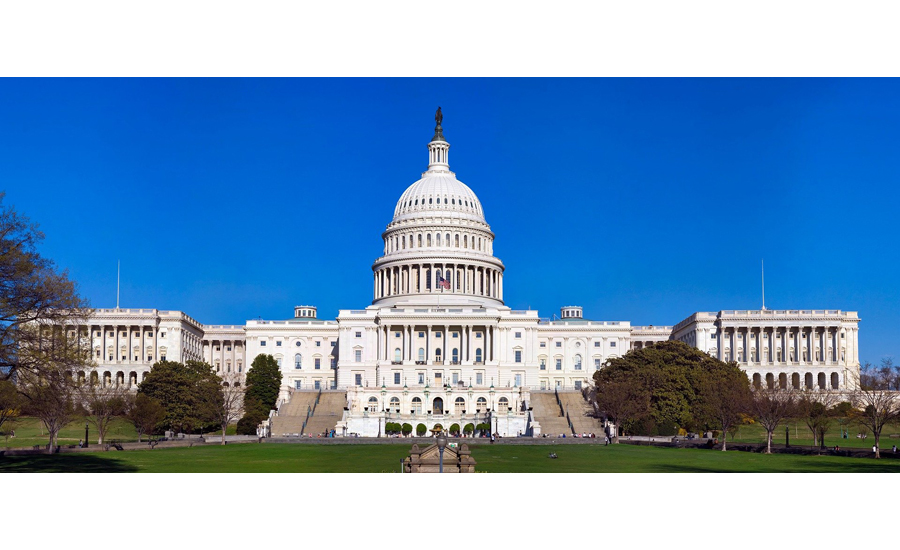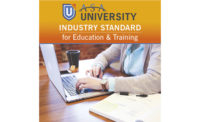From the ASA President: Chris Fasano
Now’s the time for rational people to step up.

Now that the dust has settled from the general election and the U.S. Senate runoff election in Georgia, there is no doubt that the 117th Congress will have the closest partisan balance in modern history.
In the House, Speaker Nancy Pelosi will have the slimmest majority in recent times, with a 222-211 spread (currently with two vacancies). In the Senate, there is a 50-50 split between parties, with the vice president casting the tiebreaking vote.
And even though one-party rule has returned to our nation’s capital, there is little doubt that with how close the split is between Democrats and Republicans, the need for compromise from our elected leaders must occur, or we will be in for two years of gridlock and dysfunction like we haven’t seen since…well, the last Congress. I, for one, am rooting for things to get done.
This year will undoubtedly be a very active year on all of our advocacy fronts as many of our industry issues, as well as general business issues will now be back on the table as the Biden administration will look to make significant policy changes across the federal government.
We can expect an early onslaught of executive orders reversing many of the previous administration’s executive orders, such as a reversal of the Keystone Pipeline and energy policy, tax and fiscal policy, immigration, climate change, job creation and wage policy — all impacting how we do business.
Our fight to protect our markets won’t be limited at the national level, as many state legislatures are already introducing (or will be introducing) bills that will impact our markets. For example, with a focus toward electrification and reduced carbon emissions, some coastal states have started introducing fuel bans impacting the sale of industry products such as gas water heaters, while some Southern and Plains states are looking to offer legislation that protects utility and consumer choice.
While we earned a victory in California last year pushing back Get The Lead Out 2.0, the state’s general assembly has already introduced AB 100 that will attempt again to push through this legislation.
2021 also will be a very busy year for our codes and standards team and member volunteers. Both the International Code Council (ICC) and the International Association of Plumbing and Mechanical Officials (IAPMO) have started a new code revision cycle for the building, fire, plumbing, residential and mechanical categories. All these categories have a direct impact on our members, and we will be engaged.
Our codes and standards team worked hard in 2020 on key committees to ensure certain proposed changes (due in early January) were submitted. ASA will represent our members through participation in the various code hearings and speaking on behalf of our members. In addition, our team will work closely with industry partners such as PMI, AHRI, ACCA, MCAA, PHCC, CDA, PPFA, WQA and HARDI, plus others, to determine where we can come together in a common and louder voice at these hearings.
As the voice of the industry, ASA is expanding our ability to advocate for our issues both at the national and state level, but you will play an increasingly important role if we are going to have success. ASA’s advocacy team and Government Affairs Committee continuously scan national and state legislative and regulatory actions to identify activities that can have an impact on your ability to run a profitable business.
As key issues emerge, ASA will educate, inform and engage your participation in the process of lobbying elected leaders on the issues of greatest importance to our industry. We hope you will be ready to act when we call for help.
To make it easy for you to help, ASA’s principal grassroots advocacy platform is designed to allow you and other stakeholder groups to reach out and contact your government representatives on the key issues that impact us the most.
Through this technology, ASA members and other stakeholders in the PHCP and PVF industry can communicate with federal and state legislators and government agencies on important issues moving through the legislative and regulatory process. This communications process ensures that your voice and our combined voices will be heard when it will be most effective.
Please join me in supporting ASA in its efforts to represent our industry at the federal and state levels.
Looking for a reprint of this article?
From high-res PDFs to custom plaques, order your copy today!







